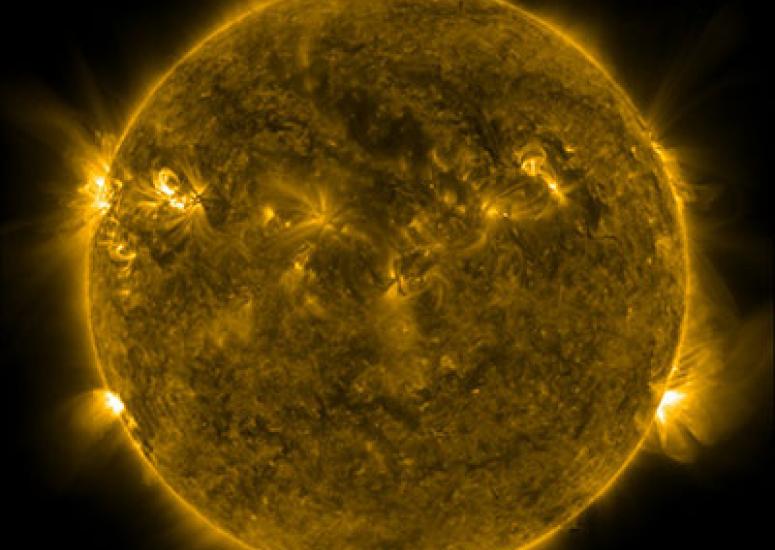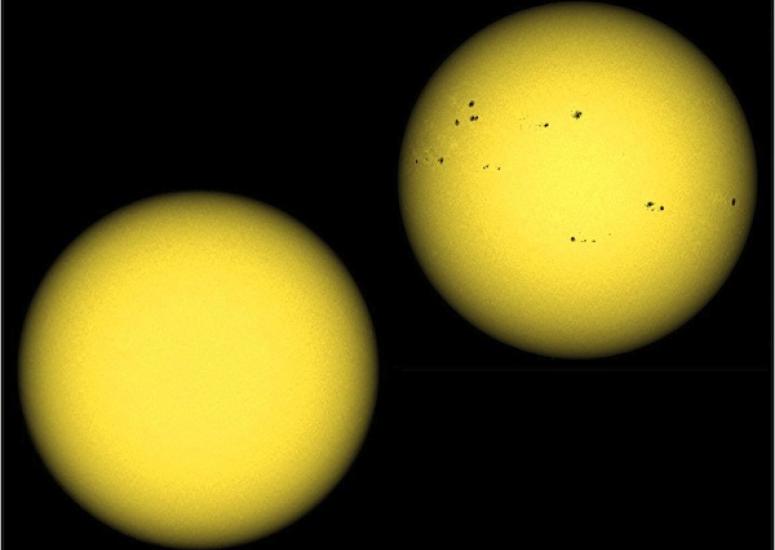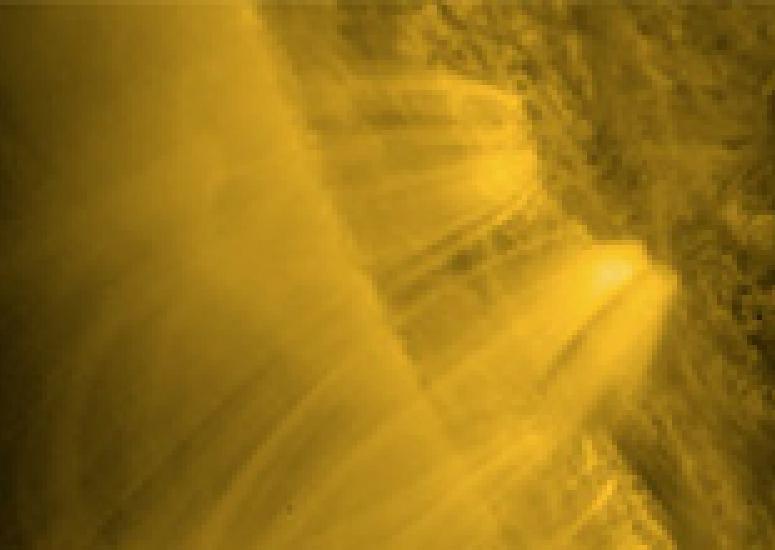-

Wave power can drive Sun’s intense heat
Alfvén waves contain enough energy to heat the corona and drive the solar wind.
- Sun + Space Weather
-

Could a weaker Sun avert global warming?
The Sun drives our climate, so a slowdown in solar activity would surely put the brakes on global warming—wouldn’t it? That question percolated through the media following a set of reports from a solar physics meeting.
- Climate,
- Sun + Space Weather
-
A new model of the Sun’s open magnetic flux
The solar minimum that bottomed out from 2006 to 2010 was the longest and deepest since modern space observations began. Among other effects, it reorganized the areas of flux from open magnetic field lines that produce solar wind. NCAR postdoctoral researcher Liang Zhao is using data from the last two minima to revise a model of how open magnetic flux is transported through the solar atmosphere.
- Sun + Space Weather
-
The inner lives of red giant stars
An international team of astronomers that includes NCAR’s Savita Mathur has observed mixed waves—a mixture of acoustic and gravity waves—that run all the way to the cores of red giant stars. Astronomers already knew that such waves (known as stellar oscillations) existed, but until now had only observed pure acoustic waves traveling through the outer parts of stars.
- Sun + Space Weather
-

The story behind spicules
One of the most enduring mysteries in solar physics is why the Sun’s outer atmosphere, or corona, is millions of degrees hotter than its surface. Now scientists believe they have discovered a major source of hot gas that replenishes the corona.
- Sun + Space Weather
